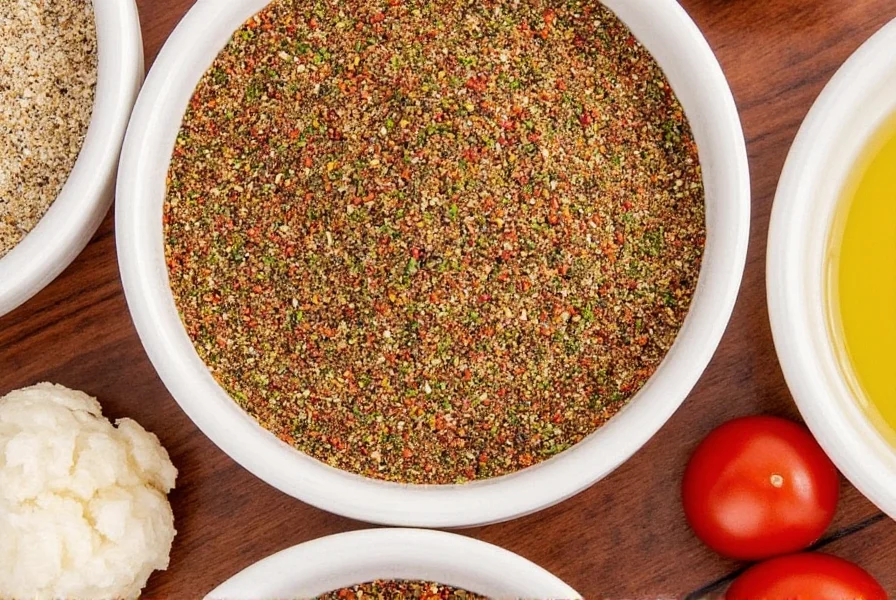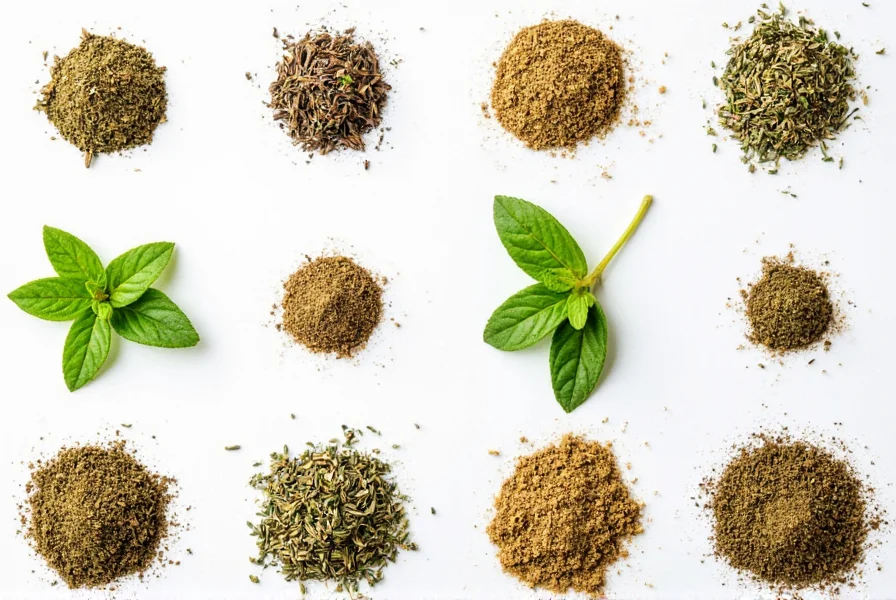Table of Contents
Introduction
For most dishes, use fresh herbs for quick-cooking recipes and garnishes, and dry herbs for slow-cooked meals like stews or sauces. Fresh herbs deliver vibrant, delicate flavors that fade when dried, while dry herbs offer concentrated, robust tastes ideal for long cooking times. Below is a detailed guide to help you choose the right herb for your cooking needs.

Key Differences Between Dry Herbs and Fresh Herbs
Understanding the core differences ensures optimal flavor and texture in your dishes.
Flavor Intensity
Fresh herbs provide bright, aromatic notes perfect for finishing dishes (e.g., basil in Caprese salad). Dry herbs are more concentrated—use them sparingly as they intensify during cooking (e.g., dried oregano in tomato sauce). Culinary experts note that fresh herbs lose up to 50% of volatile oils when dried, making them unsuitable for delicate applications.
Texture
Fresh herbs add visual appeal and subtle crunch (e.g., whole parsley leaves in tabbouleh). Dry herbs dissolve easily into sauces or rubs without altering texture. Professional chefs recommend fresh herbs for garnishes where texture matters, while dry herbs blend seamlessly into long-cooked dishes.
Shelf Life
Fresh herbs last 3-7 days refrigerated; dry herbs retain potency for 6-12 months when stored properly. For consistent year-round use, keep dry herbs on hand, but buy fresh herbs in small batches for peak freshness.
Usage in Cooking
Substitute dry for fresh using a 1:3 ratio (1 tsp dry = 1 tbsp fresh). Always add dry herbs early in cooking to release flavors; add fresh herbs at the end to preserve brightness.
When to Use Dry Herbs vs. Fresh Herbs
| Scenario | Dry Herbs | Fresh Herbs |
|---|---|---|
| Long-cooking dishes (stews, braises) | ✓ Ideal for robust flavors that intensify over time | ✗ Loses flavor and texture when cooked long |
| Quick-cooking dishes (salads, stir-fries) | ✗ Too overpowering; lacks freshness | ✓ Preserves bright, delicate notes |
| Garnishes or visual appeal | ✗ No texture or color contrast | ✓ Adds vibrant color and texture |
| Spice blends or rubs | ✓ Blends evenly and releases flavor slowly | ✗ Moisture causes clumping |
Practical Tips for Using Dry Herbs and Fresh Herbs
For Fresh Herbs:
- Wash and dry thoroughly to prevent mold; store in a glass of water like cut flowers.
- Chop just before use to maximize oil release and flavor.
- Add at the end of cooking—never boil or simmer for more than 1 minute.
- Revive wilted herbs by soaking in ice water for 15 minutes.
For Dry Herbs:
- Toast in a dry pan for 30 seconds to unlock deeper aromas before use.
- Grind whole seeds (e.g., coriander) for maximum potency; store-bought powders lose freshness faster.
- Use sparingly—start with half the recipe amount and adjust to taste.
- Replace every 6 months; test by rubbing between fingers—if scent is weak, discard.
Buying Guide: Choosing the Right Herbs for Your Needs
Make informed choices based on cooking style and budget.
Best for Home Chefs
Choose dry herbs for convenience and longevity. Opt for organic, whole-leaf varieties (not powdery) from reputable brands like McCormick or Simply Organic. Store in airtight containers away from light.
Best for Gourmet Cooking
Prioritize fresh herbs for special dishes. Look for vibrant, crisp leaves with no yellowing or wilting. Buy from farmers' markets for peak freshness, and use within 3 days. For year-round use, freeze basil or cilantro in olive oil cubes.
What to Look for When Buying Dry Herbs
- Check expiration dates—most lose potency after 12 months.
- Avoid clumped or powdery herbs; they indicate moisture exposure.
- Choose brands with third-party certifications (e.g., USDA Organic).
What to Look for When Buying Fresh Herbs
- Stems should be firm and green; leaves must be crisp and vibrant.
- Check for mold or excessive moisture in packaging.
- Buy in small quantities to ensure freshness; avoid pre-packaged bundles with visible damage.

Frequently Asked Questions (FAQ)
Can I substitute dry herbs for fresh herbs in recipes?
Yes, but use a 1:3 ratio (1 teaspoon dry = 1 tablespoon fresh). Always adjust to taste, as potency varies by herb. For example, dried thyme is stronger than fresh, while dried basil is milder.
Which herbs are best used fresh?
Delicate herbs like basil, cilantro, parsley, dill, and tarragon lose volatile oils when dried. Use fresh for salads, garnishes, or quick dishes where bright flavor matters. Culinary experts confirm these herbs retain 80%+ more flavor when fresh.
Which herbs work better dried?
Hardy herbs like oregano, thyme, rosemary, and sage maintain robust flavors when dried. They’re ideal for slow-cooked dishes like stews or tomato sauces. Professional chefs note dried rosemary releases flavor more evenly during long cooking than fresh.
How do I revive wilted fresh herbs?
Trim stems and soak in ice water for 15-30 minutes. For extra crispness, add ice cubes. This rehydrates them by mimicking fresh-cut conditions. Avoid soaking more than 30 minutes to prevent sogginess.
Do dried herbs ever expire?
Dried herbs don’t spoil but lose potency over time. Most peak for 6-12 months when stored properly. Test freshness by rubbing a pinch between your fingers—if the aroma is faint, replace them. Always check expiration dates on packaging.
Conclusion
Mastering dry versus fresh herbs transforms your cooking. Use fresh for delicate, quick dishes and garnishes, and dry for robust, slow-cooked meals. By following these evidence-based guidelines, you’ll maximize flavor, texture, and culinary impact in every dish.










 浙公网安备
33010002000092号
浙公网安备
33010002000092号 浙B2-20120091-4
浙B2-20120091-4